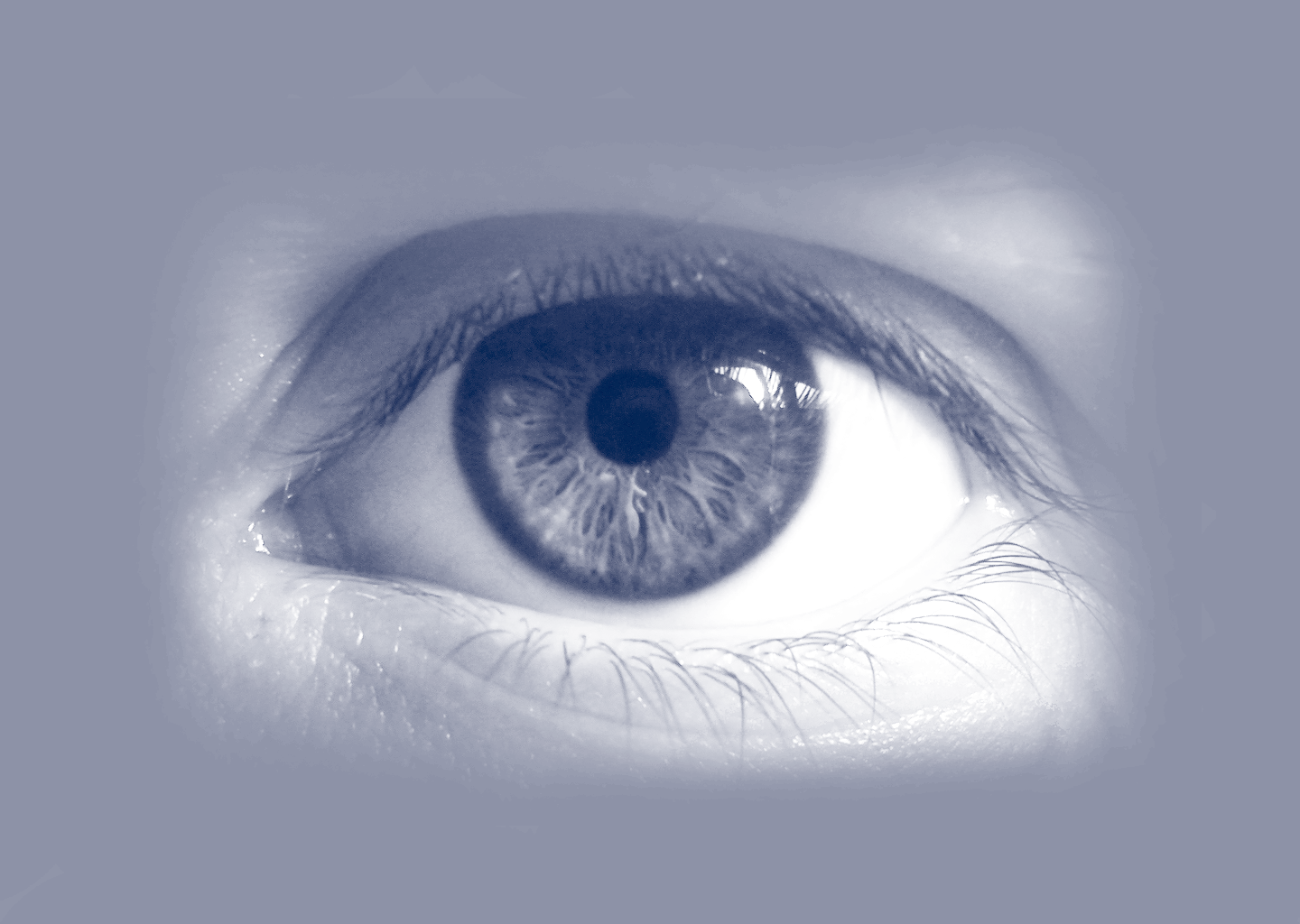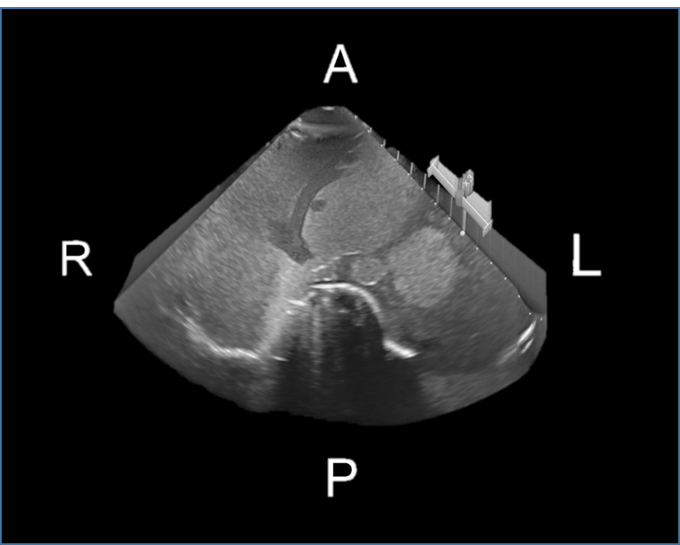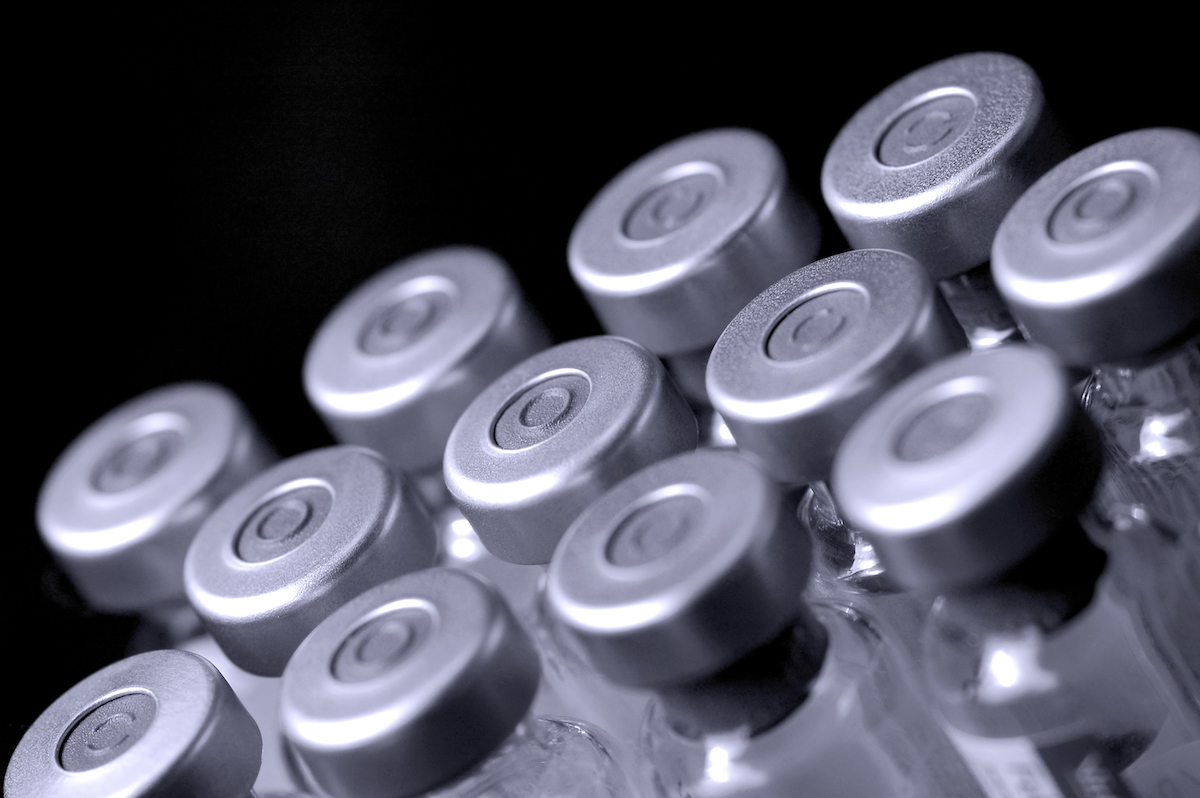MANAGEMENT:
DUKE INVENTOR: Olaf von Ramm
heartviewmedical.com
Our vision is to redefine the cardiology community’s understanding of the human heartbeat. HeartView Medical is developing the next generation high speed ultrasound system with extensive algorithms that enable automated quantitative measurements of the heart in a 3D view within one heart beat compared to current technology.

ABOUT
Current state of the art: While imaging techniques are central to these advances, limitations exist in current imaging methods in their ability to rapidly record cardiac events (at physiologic speeds). At present, recording speeds are insufficient to properly link electrical activation to mechanical events and flow. ECG record activity in the 1-2 millisecond, i.e. 500-1000 events per second range while imaging methods (angiography, computed tomography-CT, magnetic resonance imaging-MRI and echocardiography) can record events between 5 to 100 times per second, thus substantially slower than ECG. In the case of 3D echo, CT and MRI, the problem is further confounded by the necessity to create images over multiple heartbeats where only portions of the image are obtained in a single heartbeat.A breakthrough in imaging of the heart at very high acquisition rates (physiologic rate imaging) is needed to further advance our understanding of the relationship of electrical, mechanical and flow events. Because of current slow imaging rates, it is likely that certain cardiac abnormalities remain undetectable. Developing a method to link these various cardiac activities holds a promise of providing a much more detailed understanding of how the heart works in normal and abnormal conditions with a potential to detect heart diseases earlier and to evaluate the results of current therapies more precisely and understand the impact of major risk factors such as diabetes and hypertension on the myocardium to open for new therapies. Moreover, echocardiography would improve the understanding of arrhythmia development for electrophysiology procedures and shorten procedure time and minimize patient risk.
SOLUTION
With a high-speed echocardiographic system Heart will change the way a heartbeat is understood from a diagnostic perspective. This means:
- Diagnostic improvement for heart failure and tailored therapy with heart failure devices
- Improved arrhythmia detection
- Increased capability in detection of hypertrophy, fibrosis and scar
- Potential to identify subclinical heart disease
- Reduced need for MRI and CT
- Substantially reduced acquisition time.



